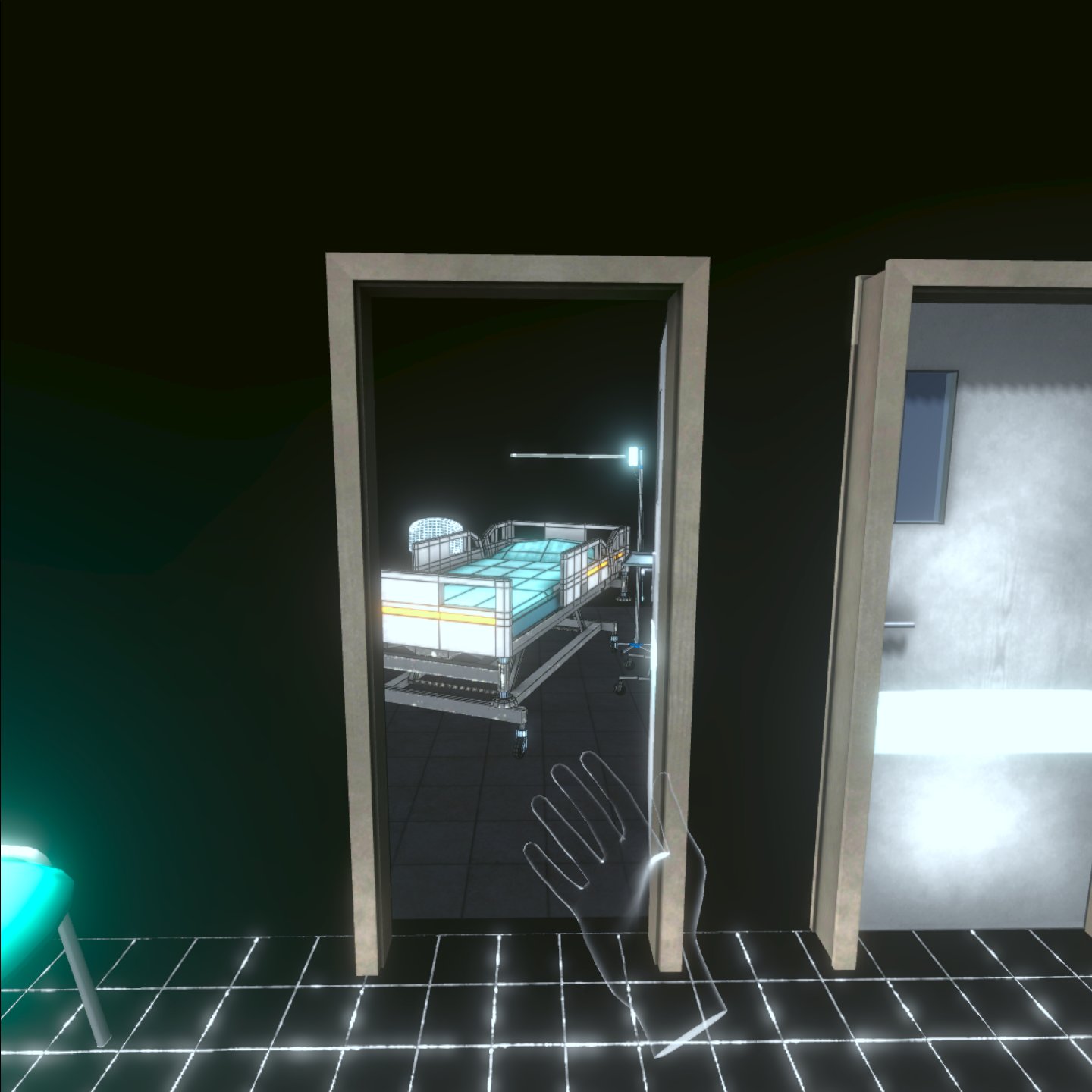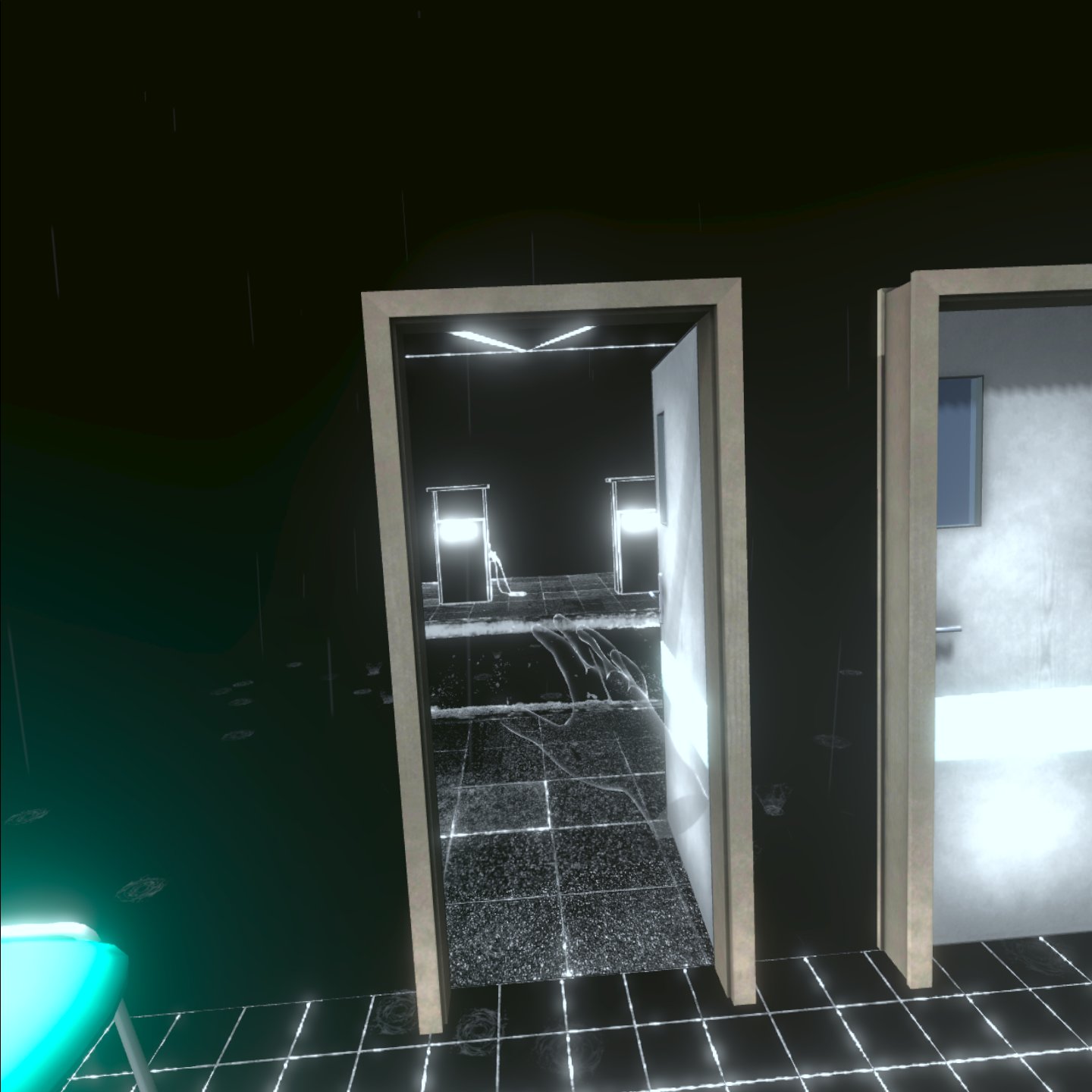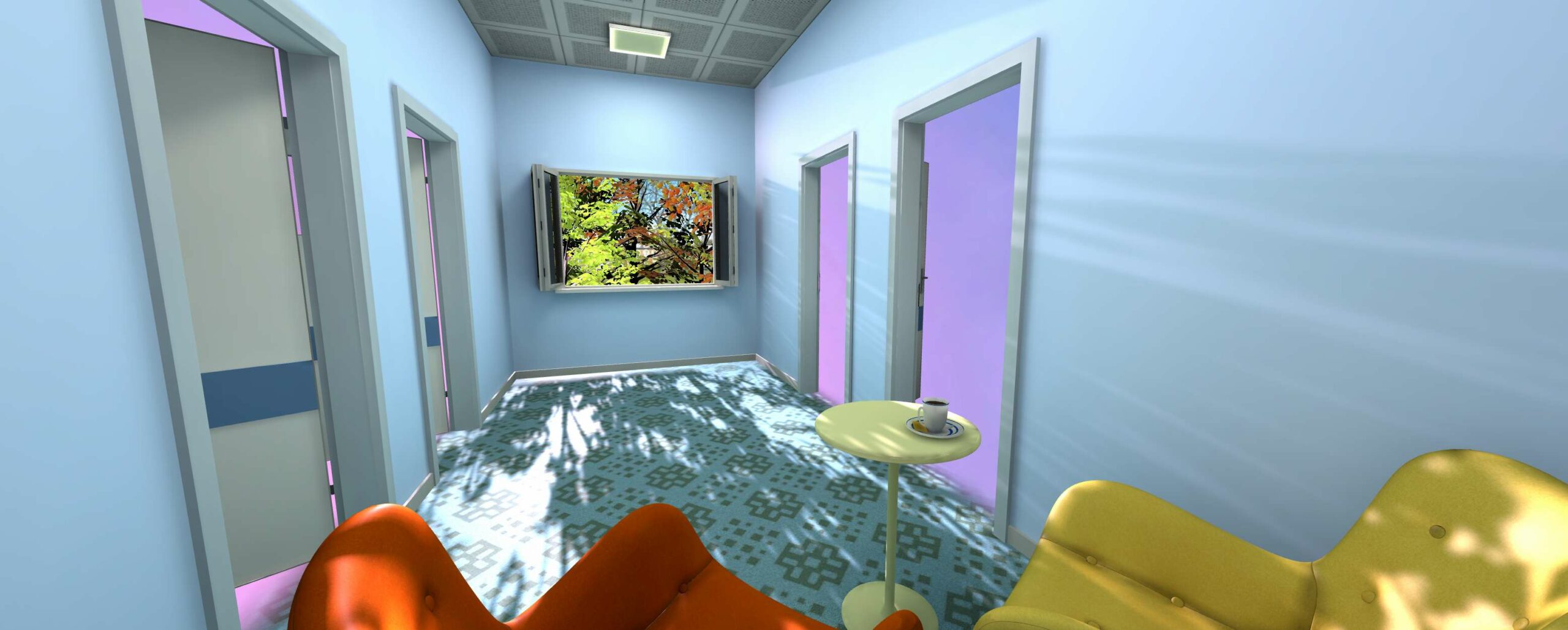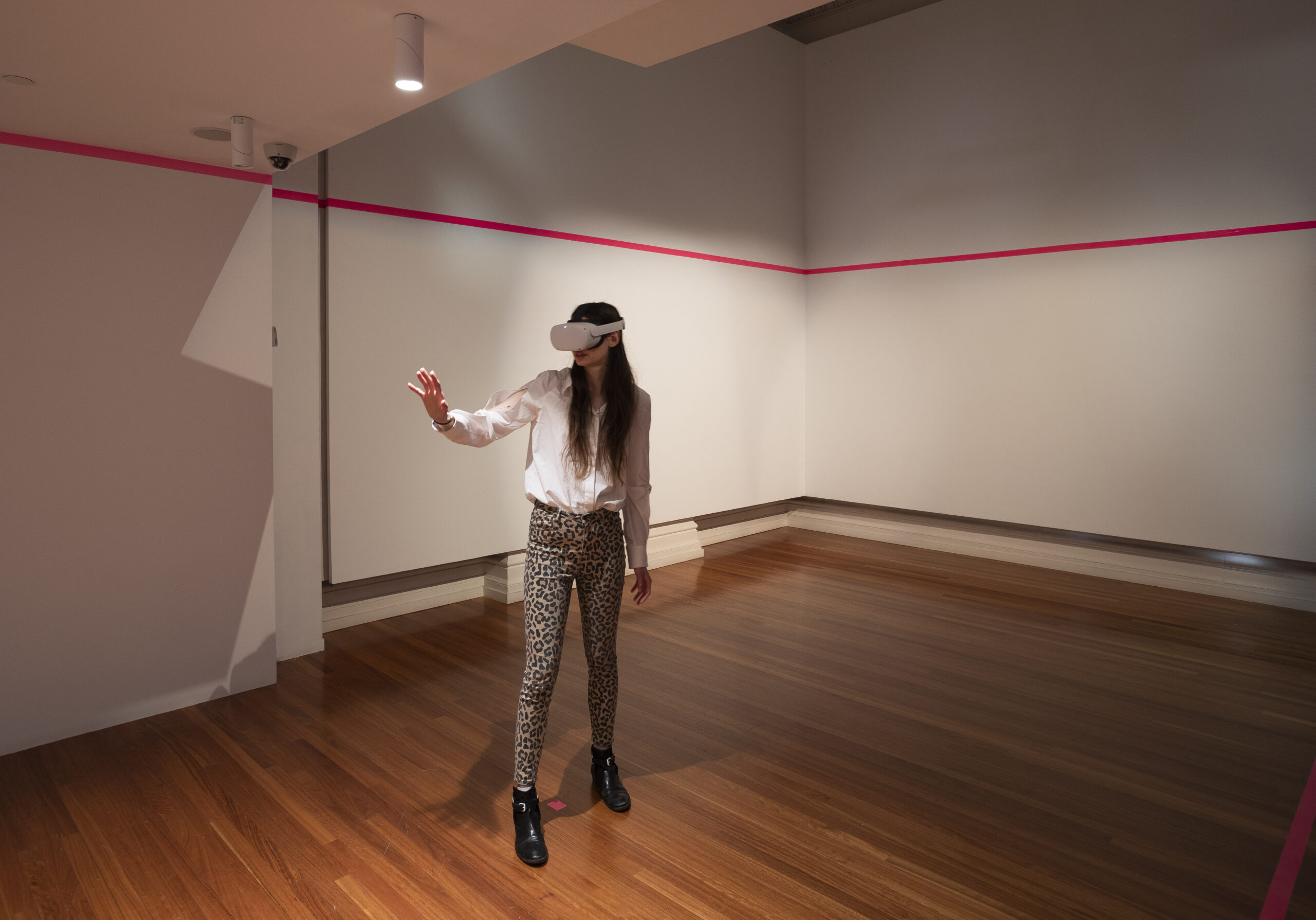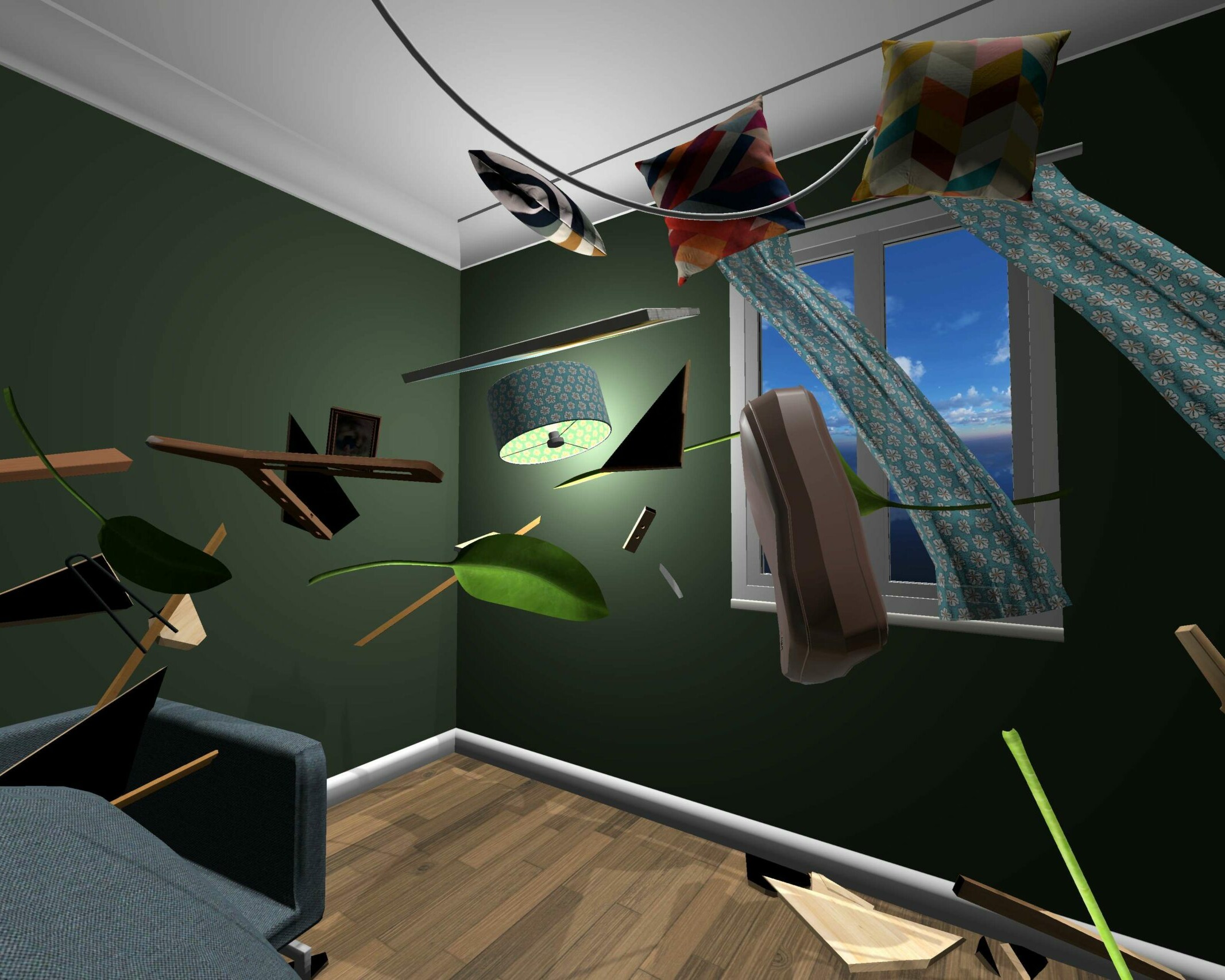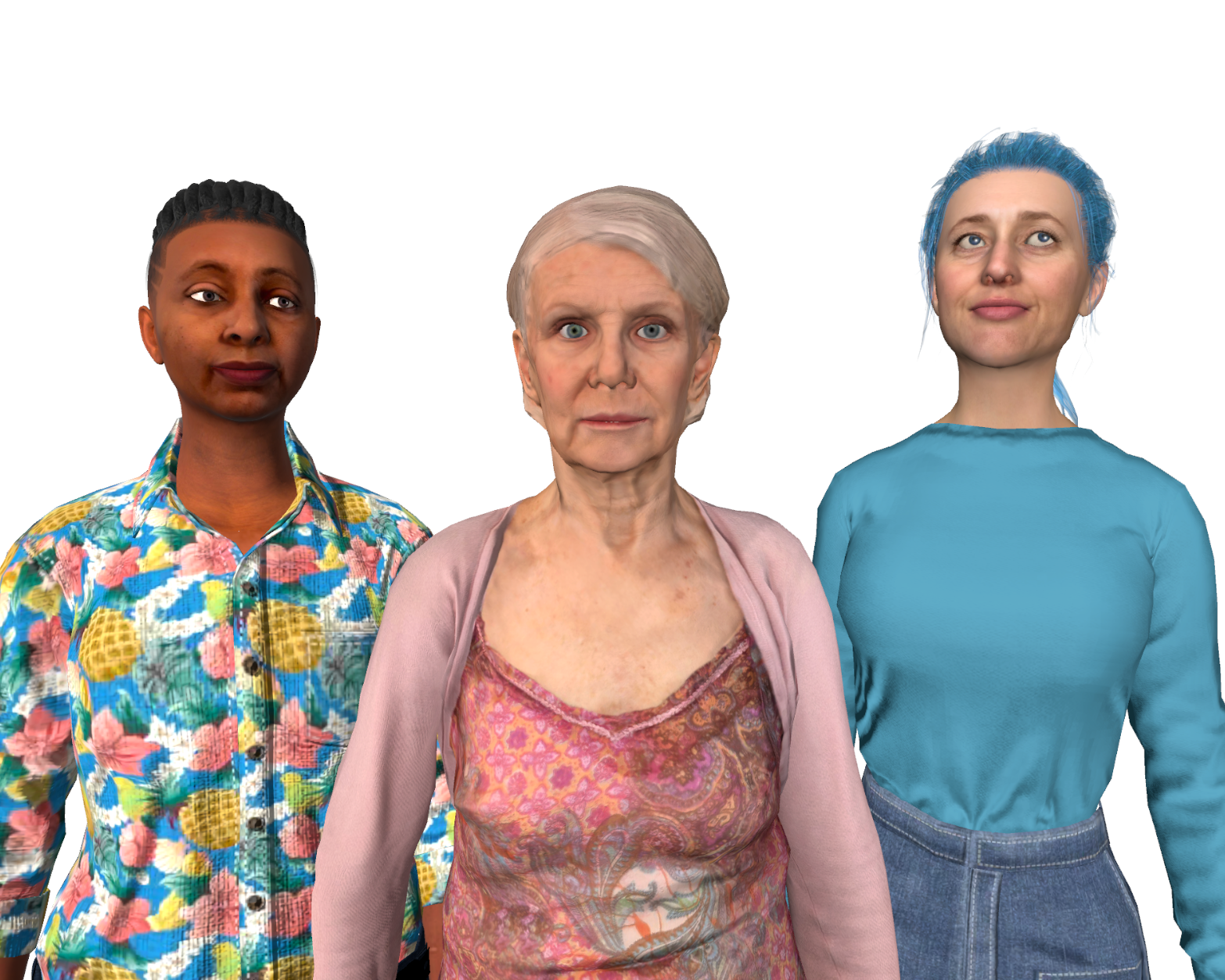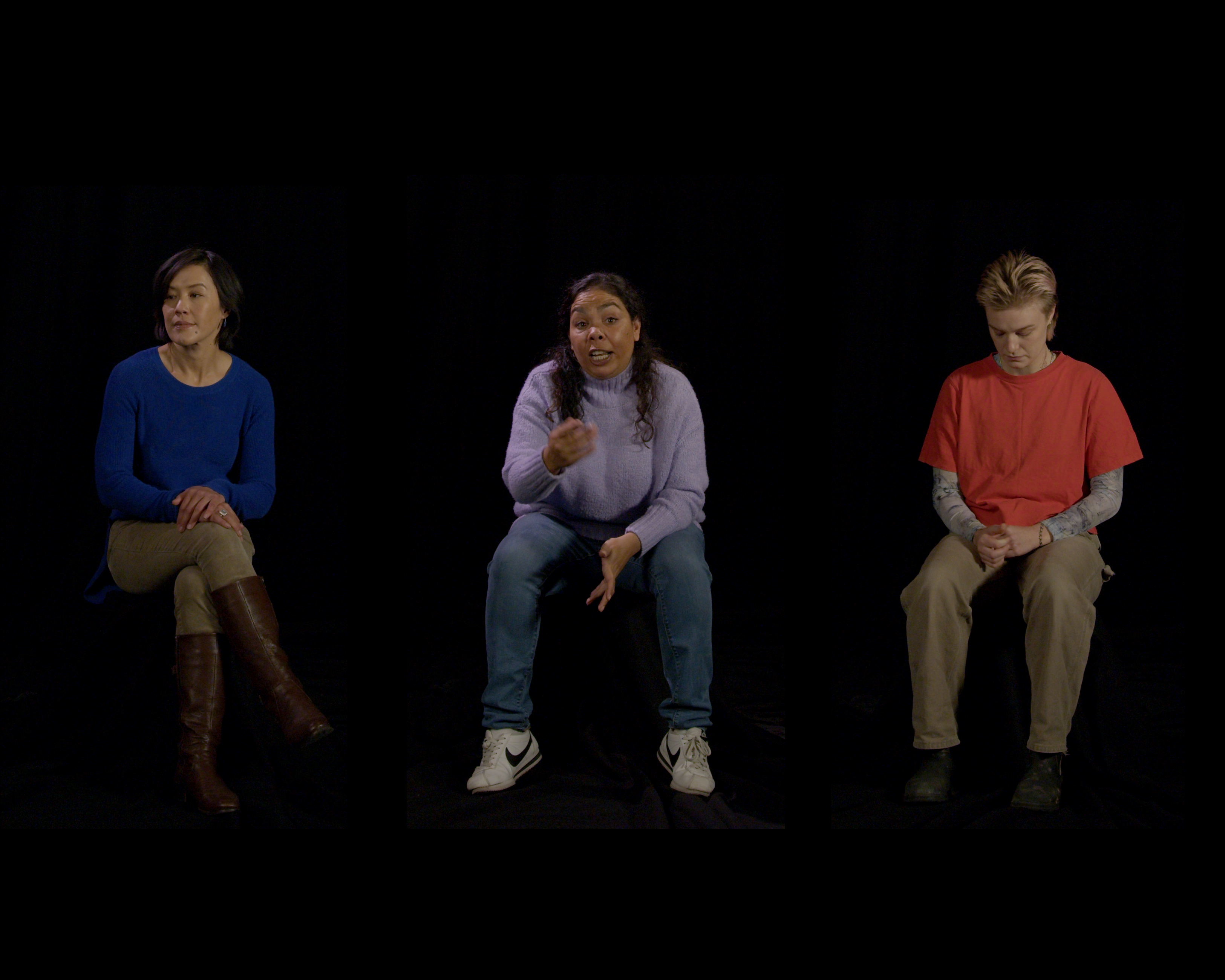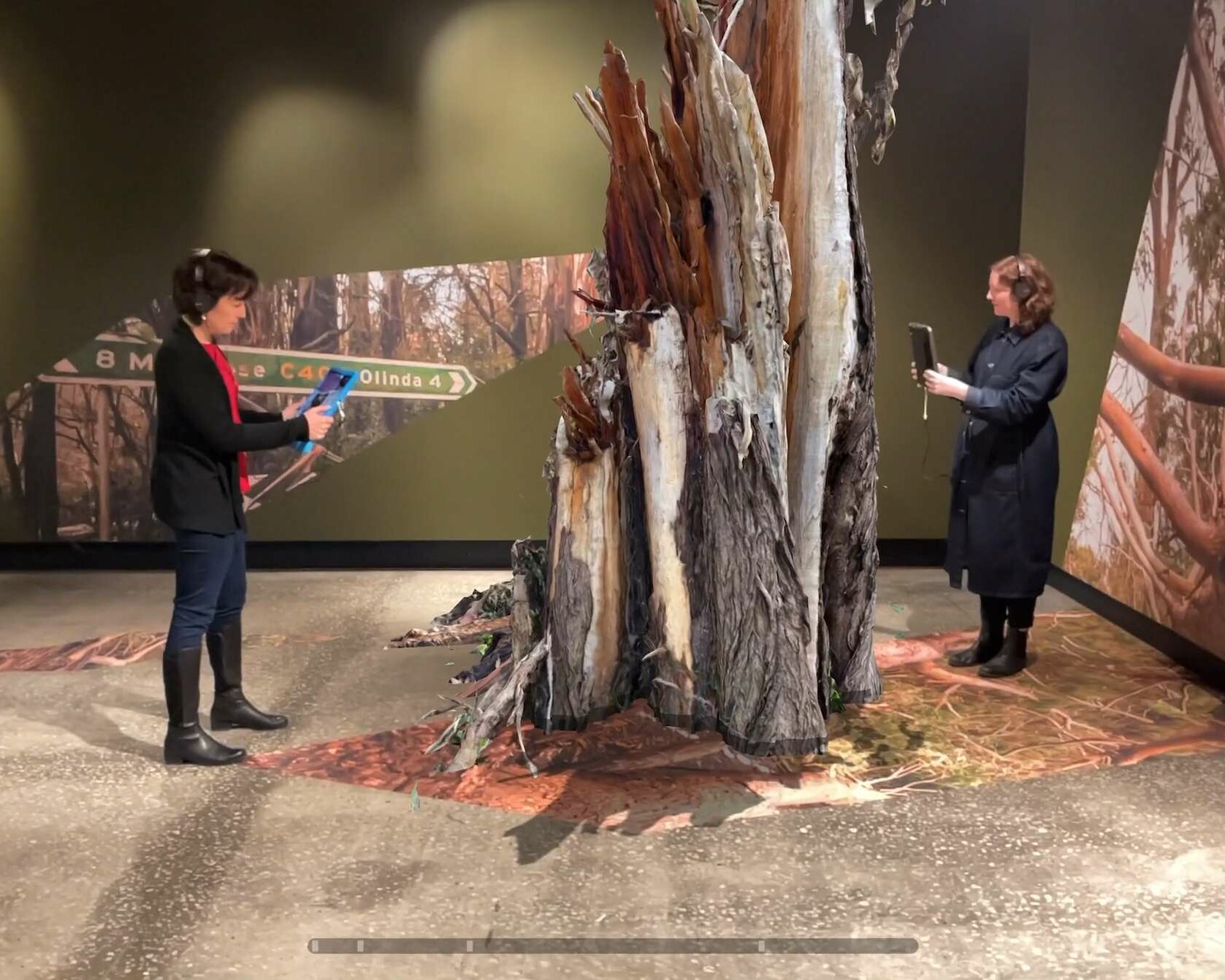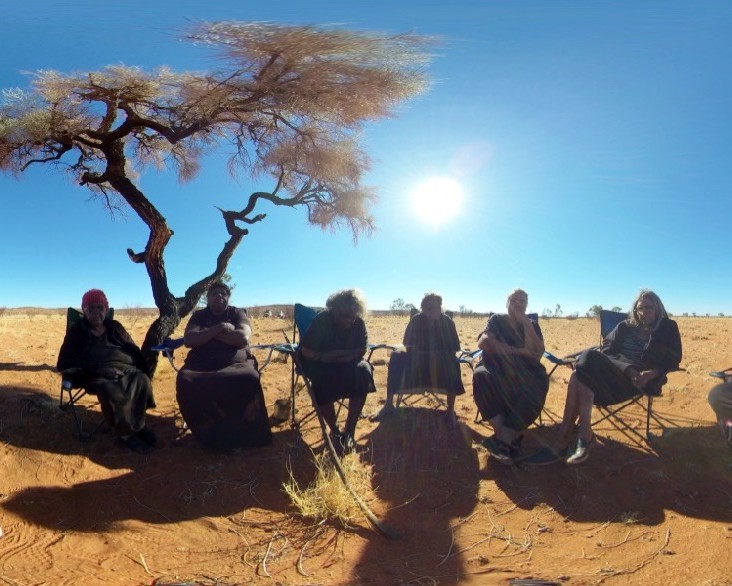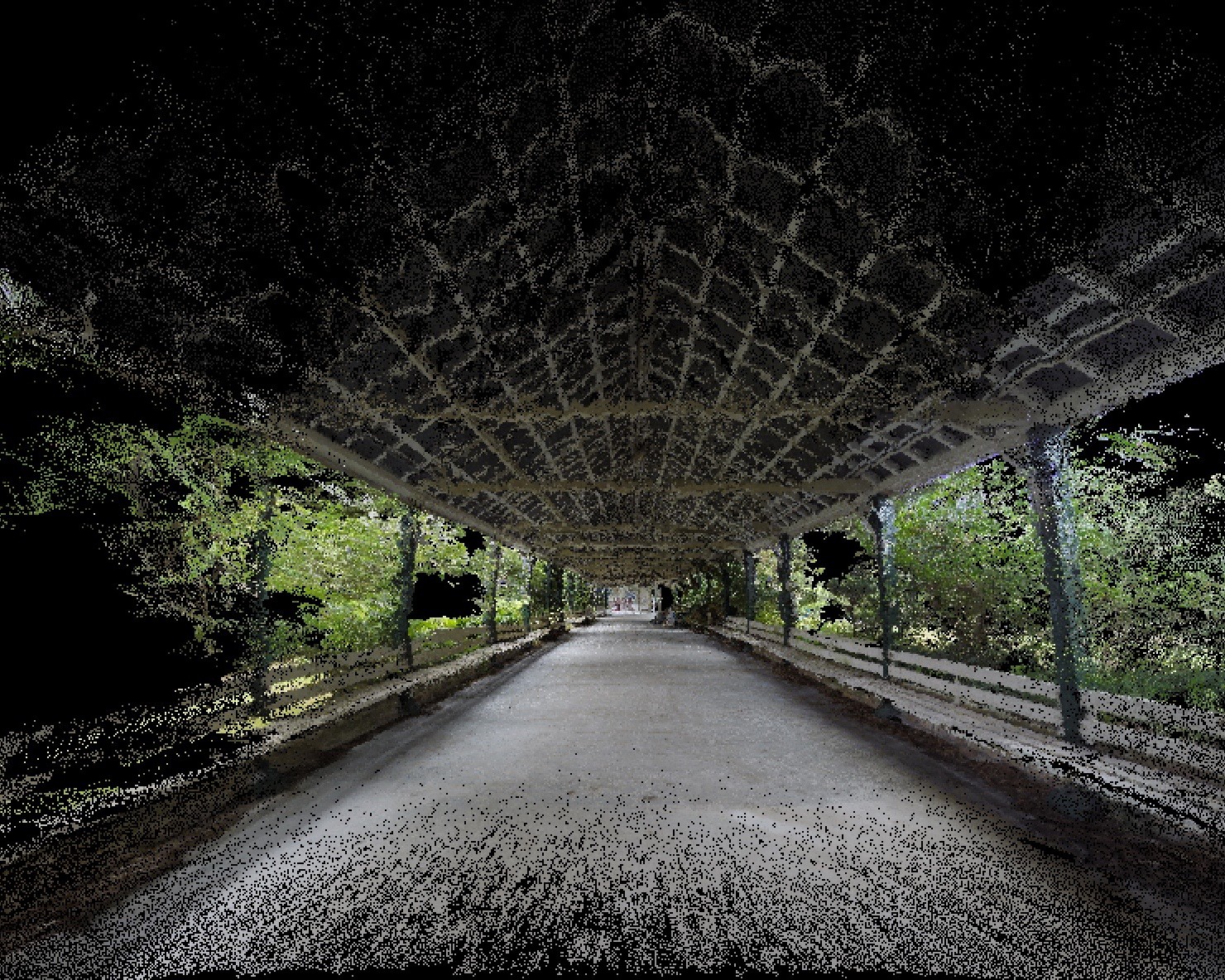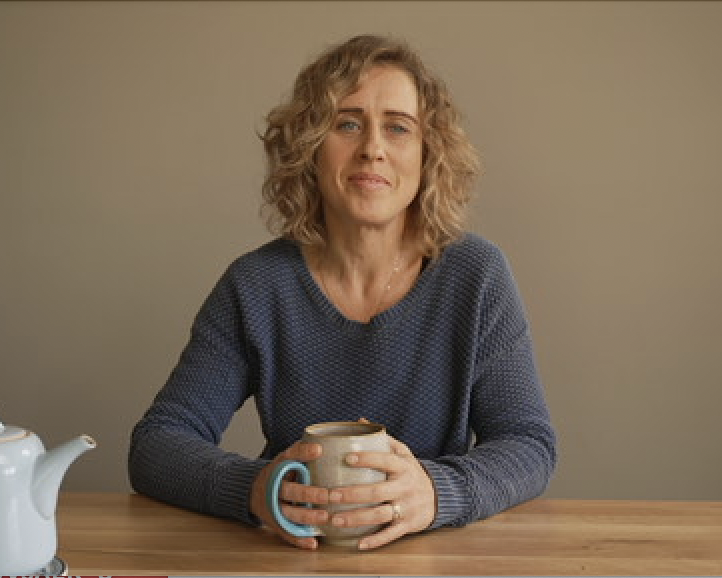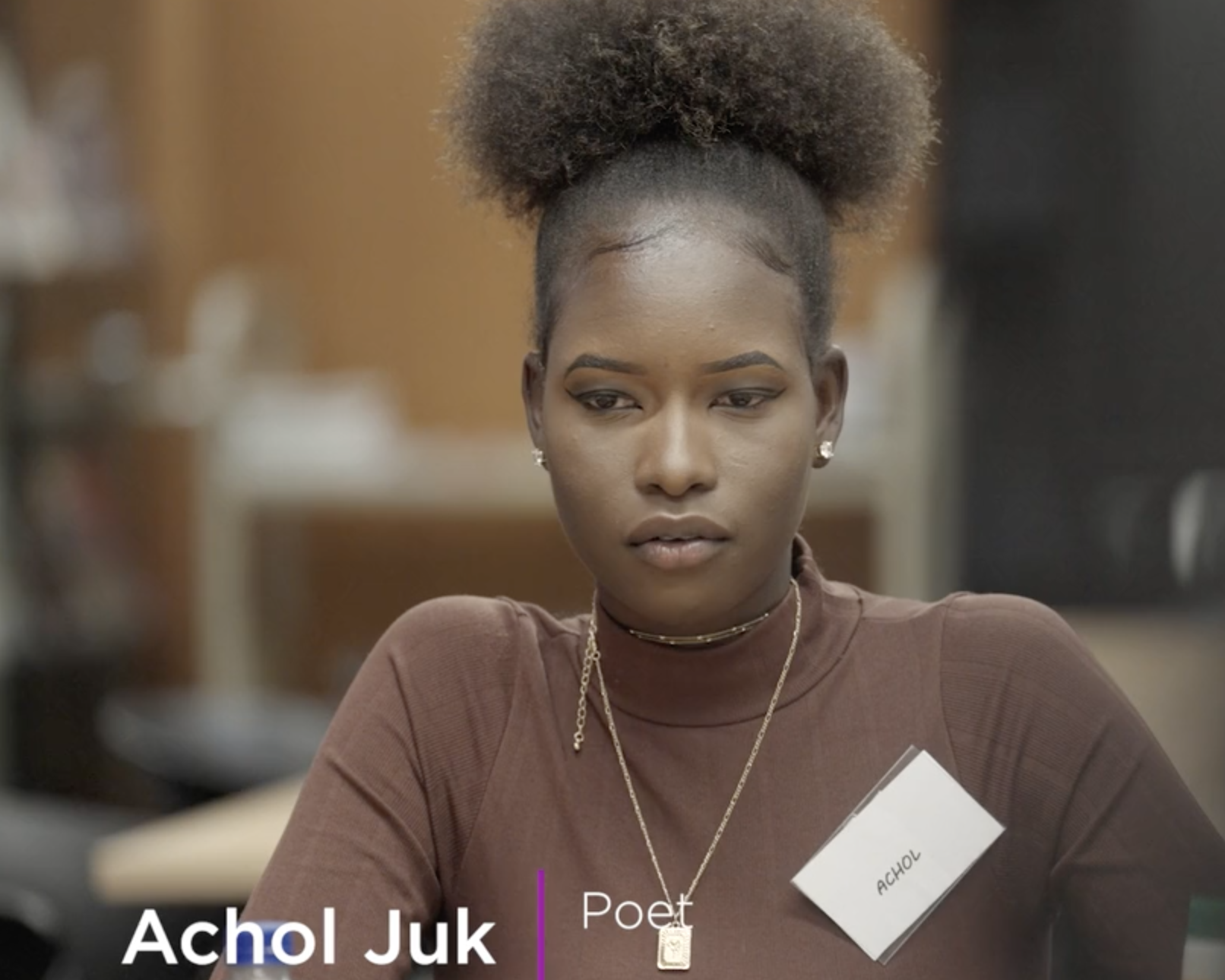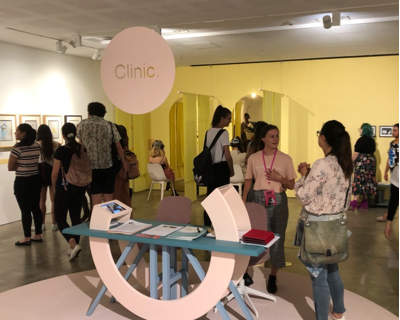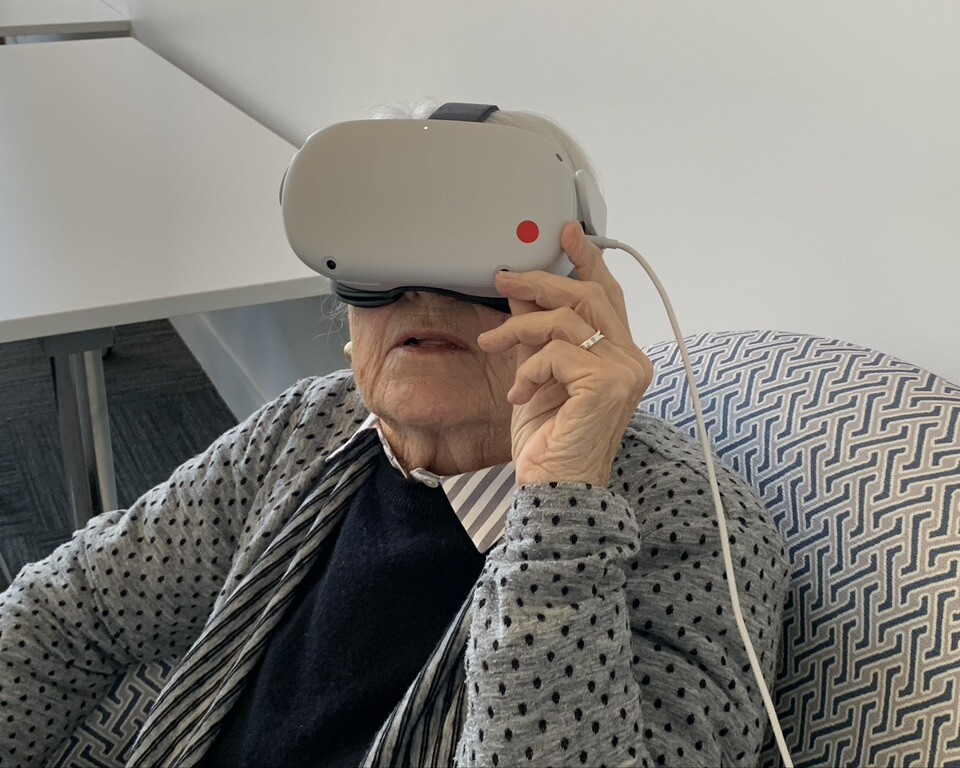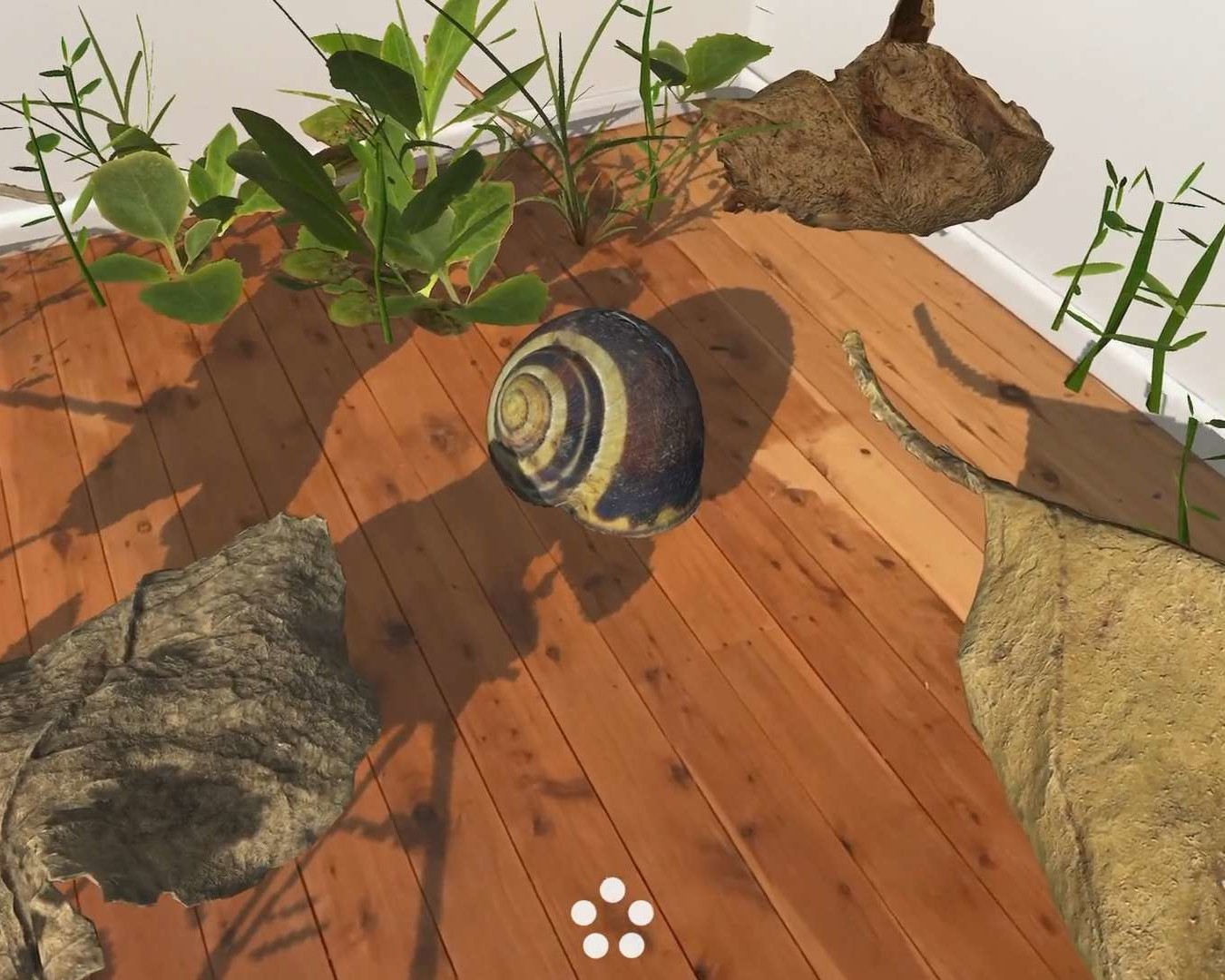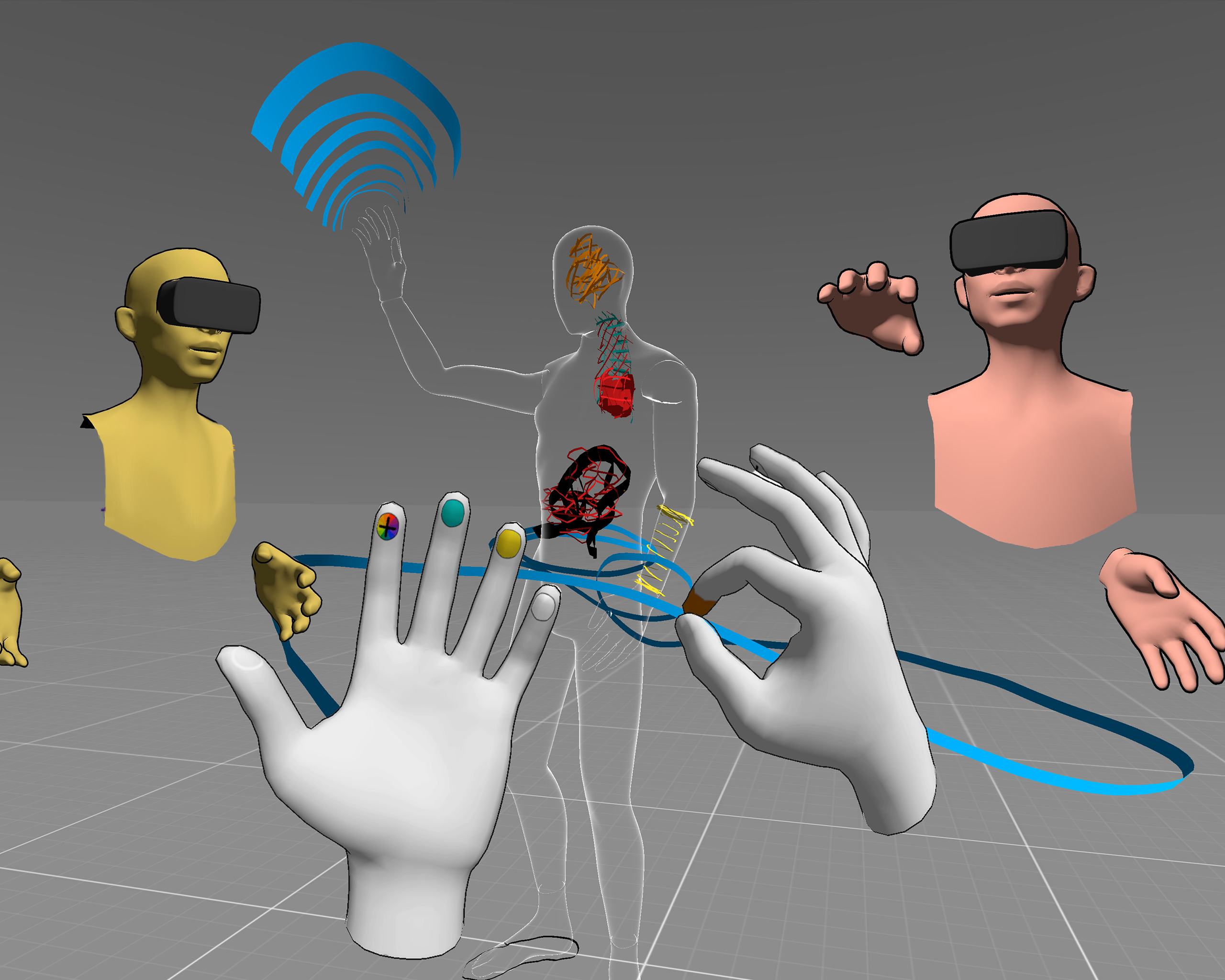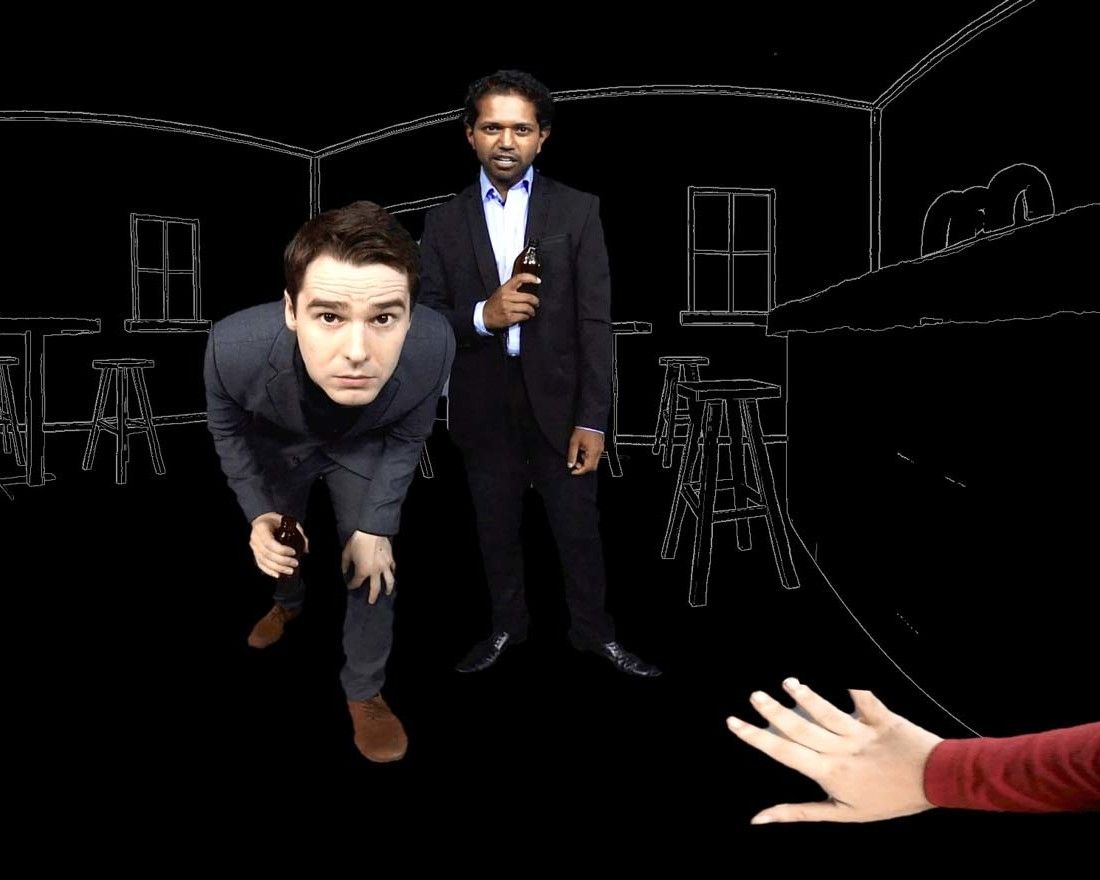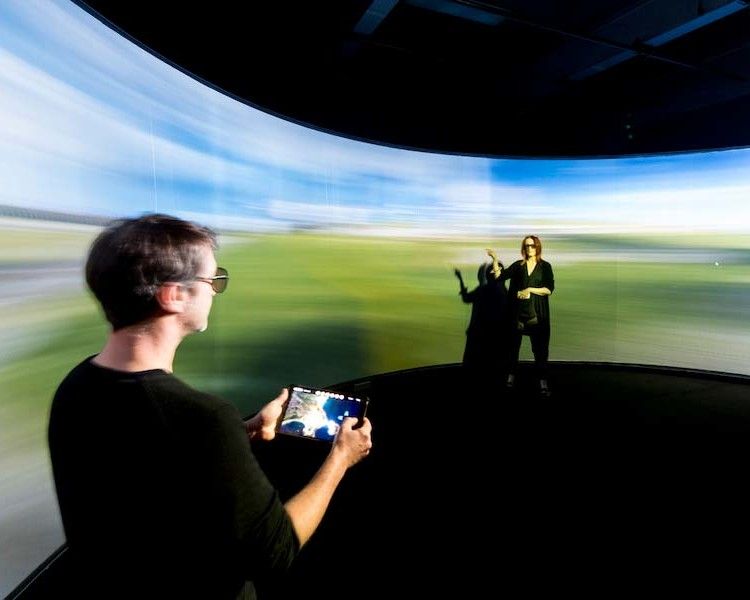Projects
A Safer Place? Stories from the Emergency Department
Contributors
Projects
A Safer Place? Stories from the Emergency Department
Contributors
“A Safer Place” represents a groundbreaking fusion of art, technology, and research that offers viewers a deeply immersive and empathetic experience within a hospital Emergency Department (ED) and beyond. Eight experts with lived experience guide us through a virtual reality experience of a hospital Emergency Department [ED]. They describe the scenarios of mental distress that led to their admissions, along with their experiences of waiting rooms, ED beds, and hospital procedures—and their insights into what can be done to address the shortcomings of emergency care.
It serves as a powerful tool for fostering empathy and understanding among healthcare professionals, policymakers, and the general public. By allowing viewers to step into the shoes of those who have faced mental distress and sought care, the project aims to drive meaningful change in emergency care practices. The immersive VR experience offers a unique opportunity to dismantle barriers, spark conversations, and inspire compassionate, patient-centered approaches to mental health care in emergency settings.
The foundation of this creative endeavor is built upon extensive research conducted by Renata Kokanović and her team (RMIT Melbourne), who collaborated with 17 individuals accessing the ED for mental health care. The primary objective of the initial research project was to foster understanding among medical staff by gaining insights into ED processes from the unique perspective of those who have lived experience. The full stories can be accessed via the Health Talk Australia website: https://www.healthtalkaustralia.org/mental-health-care-in-the-emergency-department/overview/
Using virtual reality technology, the project takes viewers on a compelling journey, providing an immersive and empathetic encounter with the experiences of the eight guides. Through their narratives, viewers gain a deeper understanding of the complex and nuanced realities faced by individuals impacted by mental health distress. The project aims to bridge the gap between medical staff and patients, fostering empathy, compassion, and ultimately leading to improved patient-centered care.
Moreover, it offers insights and recommendations for addressing the limitations and improving emergency care. By amplifying the voices of those with lived experience, the project aims to drive meaningful change in the healthcare system, encouraging more compassionate and effective practices.
Please be aware that whilst the piece does not depict people in distress, the audio includes frank discussion of experiences of distress, including of suicidal feelings and psychosis.
Credits
- Research team: Renata Kokanović, Nicholas Hill, Critical Mental health group, RMIT, Natasha Swingler, Peter Rolfe, Richard Pilkington, Sue Walker and other anonymous participants; Jill Bennett, fEEL, UNSW.
- Script authors/narrators: Peter Rolfe, Elinor, Sue Walker, Kate, Richard Pilkington and other anonymous participants.
- Script editors: Gail Kenning, Jill Bennett, Volker Kuchelmeister.
- Immersive media design: Volker Kuchelmeister.
- Sound design: Alex Davies.
- Production/design team: Volker Kuchelmeister, Jill Bennett, Gail Kenning, Alex Davies, Melissa Neidorf.
A felt Experience and Empathy Lab fEEL production in collaboration with the Big Anxiety Research Centre (UNSW) and the Critical Mental health group (RMIT University).
This research is supported by funding support from the Australian Research Council Linkage Project [grant number LP190100247] and financial and in-kind contributions from partner organisations: National Mental Health Commission, Victorian State Government, Spectrum Personality Disorder and Complex Trauma Service, Orygen, Mind Australia, Mental Health Victoria, Lived Experience Australia, and Neami National.
This work is additionally supported by R&I Capability Research Funding, RMIT University.

